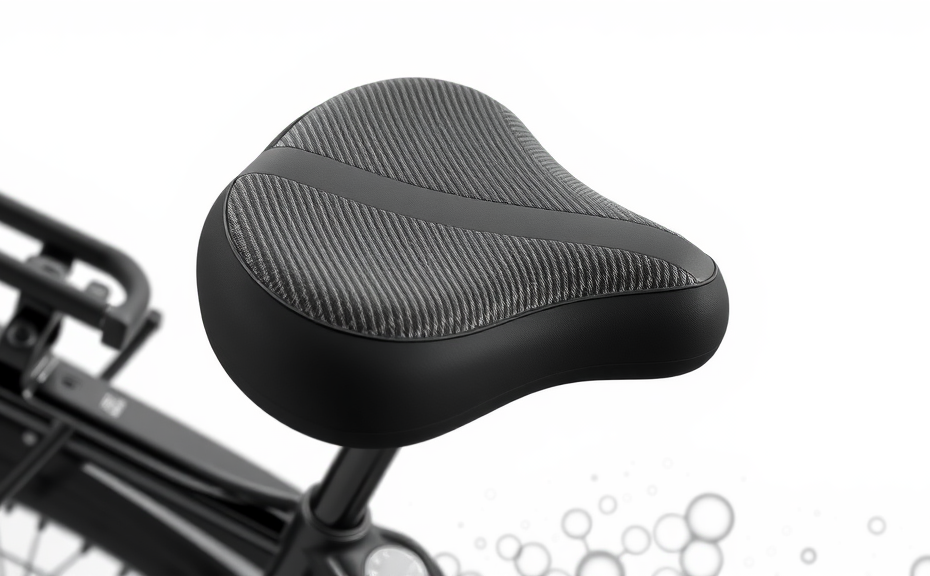Finding the right bike seat can significantly enhance your cycling experience, particularly when it comes to comfort and support. An ergonomic bike seat is designed to fit the natural contours of your body, promoting a more comfortable ride and reducing the risk of pain or discomfort. With the right ergonomic design, cyclists can enjoy longer rides without the debilitating soreness that often comes from poorly designed seats.
One of the primary benefits of an ergonomic bike seat is its ability to distribute weight evenly. This distribution minimizes pressure points, allowing for a smoother ride. Cyclists will find that this reduces the strain on their hips, lower back, and pelvic area, which are common stress zones during lengthy rides.
When selecting an ergonomic bike seat, consider the following features:
- Padding: Adequate padding helps absorb shocks from the road or trail.
- Shape: A seat that contours to your body can enhance comfort and efficiency.
- Width: Ensure the seat is appropriate for your sit bone width—too narrow can cause discomfort, while too wide can create friction.
- Ventilation: A seat designed with airflow channels can prevent overheating during warm rides.
Different styles of cycling might require varying types of ergonomic bike seats. For instance, road cyclists may prefer a narrower seat for improved aerodynamics, while mountain bikers may benefit from a wider, more cushioned option for rugged terrains. It’s essential to choose a seat that not only fits your bike but also suits your riding style.
In summary, investing in an ergonomic bike seat can be one of the best decisions for any cyclist looking to improve comfort, reduce pain, and enhance performance during rides. By prioritizing ergonomic design, cyclists can enjoy their time on the bike to the fullest.
